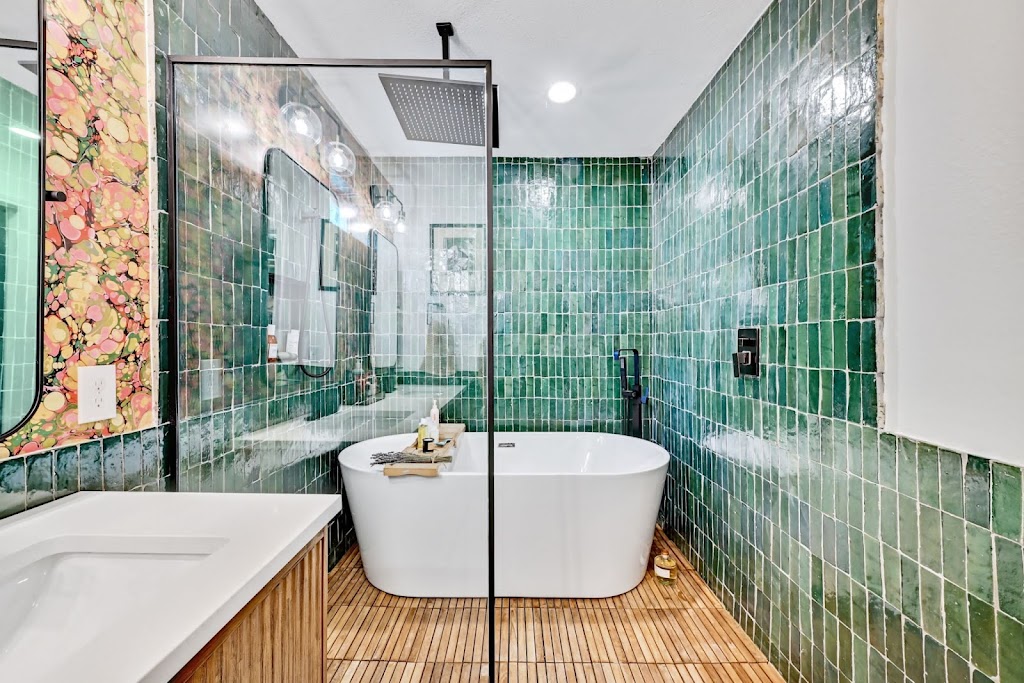Blogs
on May 17, 2024
Embarking on a home renovation project in Austin, Texas, is an interesting opportunity to change your living space and improve its performance, convenience, and visual appeal. Nevertheless, efficiently managing your spending plan is important to ensure that your restoration project stays on track and achieves your preferred outcomes without breaking the bank. Here are some budgeting ideas to assist you navigate the monetary aspects of Austin home restorations.
1. Specify Your Restoration Concerns
Before diving into your restoration project, take the time to define your top priorities and establish clear goals for the restoration. Recognize the areas of your home additions austin that require the most attention and identify which upgrades or improvements will have the most substantial effect on your life and general satisfaction. By focusing your budget plan on essential top priorities, you can designate resources better and prevent overspending on non-essential upgrades.
2. Research Study Expense Estimates
Researching expense quotes for different restoration tasks can provide valuable insights into the potential expenditures included and help you establish a practical budget plan. Reach out to several contractors and providers to obtain quotes for materials, labor, and other associated expenses. Make certain to factor in any extra expenditures, such as authorizations, design charges, and contingency funds, to represent unanticipated obstacles or modifications throughout the renovation procedure.
3. Set a Realistic Budget
Based upon your renovation top priorities and expense price quotes, set a reasonable spending plan that aligns with your financial resources and goals. Figure out how much you want to buy the remodelling task and designate funds accordingly to different elements of the job, such as materials, labor, permits, and contingency reserves. Establishing a clear spending plan from the outset helps prevent overspending and allows you to make educated choices throughout the restoration procedure.
4. Plan for Contingencies
Unanticipated expenditures and unpredicted difficulties are common in home restoration jobs, so it's necessary to plan for contingencies when budgeting for your Austin remodelling. Allocate a portion of your budget plan-- generally around 10-20%-- as a contingency reserve to cover unanticipated costs, delays, or changes in task scope. Having a contingency fund in location provides financial versatility and assurance, allowing you to address unexpected issues without hindering your restoration strategies.
5. Explore Financing Options
If your remodelling job surpasses your offered funds, think about checking out financing options to bridge the gap. Home equity loans, credit lines, and individual loans prevail funding options that can supply access to additional funds for remodelling expenses. Before pursuing funding, küchenumbau carefully evaluate your borrowing capability, rates of interest, and payment terms to ensure that the funding plan lines up with your budget and financial objectives.
6. Focus On Value-Adding Investments
When budgeting for your Austin home renovation, focus on financial investments that will add long-lasting worth to your residential or commercial property and boost its interest potential buyers. Concentrate on upgrades and improvements that offer a high roi, such as kitchen remodels, restroom renovations, energy-efficient upgrades, and curb appeal improvements. By prioritizing value-adding investments, you can maximize the monetary advantages of your restoration project and increase the resale worth of your Austin home.
In conclusion, reliable budgeting is necessary for the success of any home remodelling job in Austin. By specifying your remodelling top priorities, looking into expense estimates, setting a practical budget, preparing for contingencies, checking out funding alternatives, and focusing on value-adding financial investments, you can navigate the monetary elements of your renovation task with confidence and accomplish your wanted outcomes within your spending plan restrictions.

Be the first person to like this.





